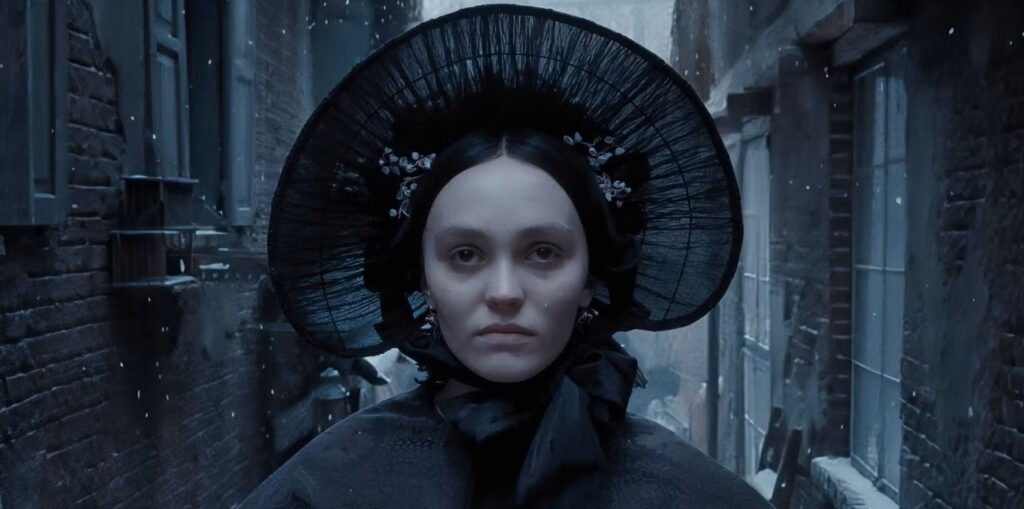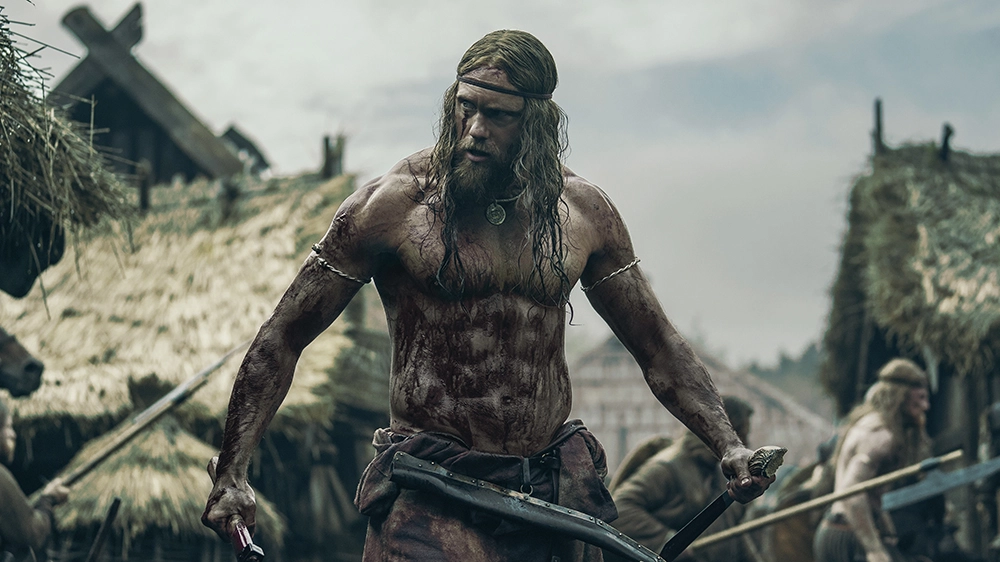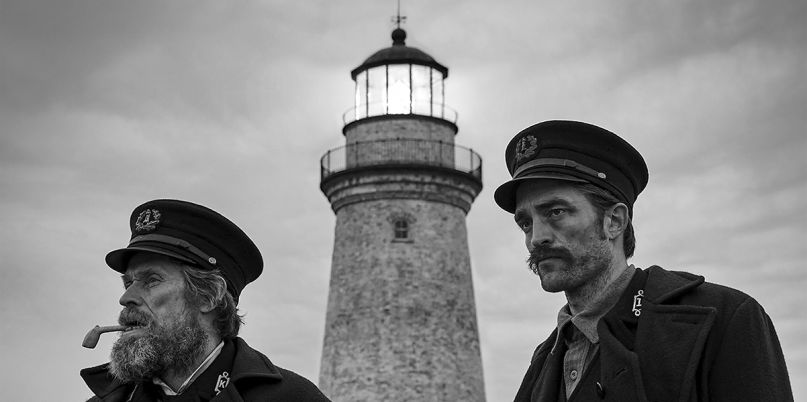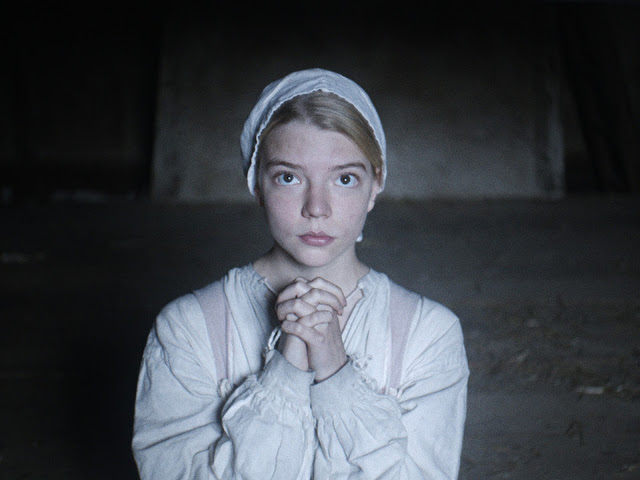Nosferatu: What Dreams May Succumb

Bathed in ghostly white moonlight, a man stands in the center of a black roadway lined with forest-green pines. In the distance, he spots the faint outline of a moving object, which he gradually perceives to be a horse-drawn carriage. As the animals gather velocity and momentum, he realizes that he’s about to be trampled. He shuts his eyes and braces for impact, only to realize that the vehicle has magically stopped and angled itself perpendicular to him, its door thrown open, beckoning him into the waiting darkness. And then the coachman calls out, “Did you order an Uber?”
I made that last part up. The vampire mythos, with its lustful symbolism and its gargled accents, is easily vulnerable to ridicule. And there are certainly times when Nosferatu, Robert Eggers’ sumptuous remake of F.W. Murnau’s 1922 touchstone, dances up to the cliff’s edge of parody. But what rescues it—what turns your stifled laughter into shrieks of horror and gapes of wonder—is that it approaches its material with absolute sincerity, and without a shred of irony or detachment. Eggers, undertaking the perilous task of updating a 102-year-old classic, has of course renovated the silent black-and-white original, imprinting it with intoxicating sound and color. Yet he has not sacrificed any of its elemental power, forgoing the temptation for winking archness and instead operating with brazen, old-fashioned conviction. Read More



